A 30-Year Trap: The Problem With America’s Weird Mortgages
December 1, 2023
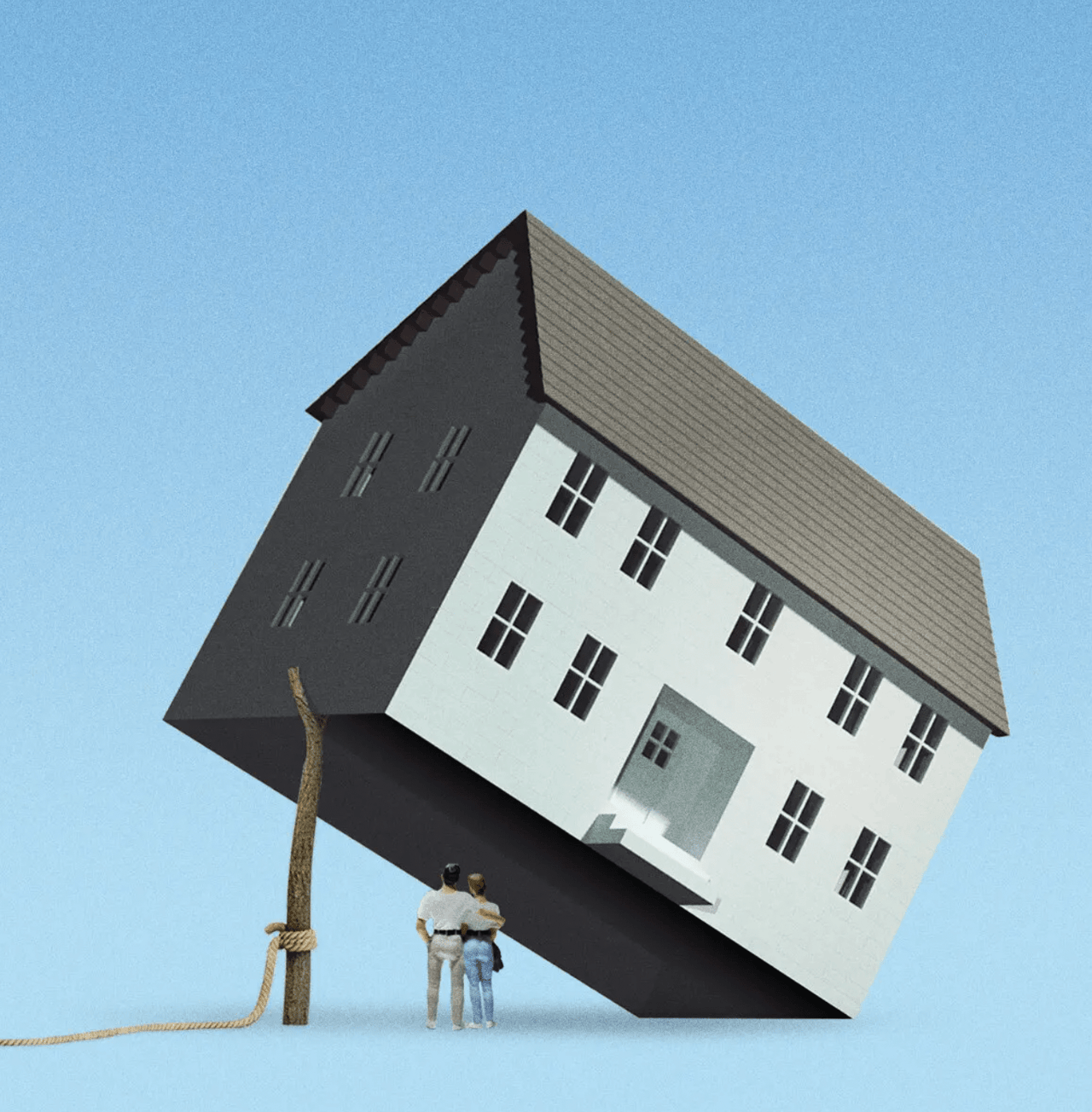
December 1, 2023

Buying a home was hard before the pandemic. Somehow, it keeps getting harder.
Prices, already sky-high, have gotten even higher, up nearly 40 percent over the past three years. Available homes have gotten scarcer: Listings are down nearly 20 percent over the same period. And now interest rates have soared to a 20-year high, eroding buying power without — in defiance of normal economic logic — doing much to dent prices.
None of which, of course, is a problem for people who already own homes. They have been insulated from rising interest rates and, to a degree, from rising consumer prices. Their homes are worth more than ever. Their monthly housing costs are, for the most part, locked in place.
The reason for that divide — a big part of it, anyway — is a unique, ubiquitous feature of the U.S. housing market: the 30-year fixed-rate mortgage.
That mortgage has been so common for so long that it can be easy to forget how strange it is. Because the interest rate is fixed, homeowners get to freeze their monthly loan payments for as much as three decades, even if inflation picks up or interest rates rise. But because most U.S. mortgages can be paid off early with no penalty, homeowners can simply refinance if rates go down. Buyers get all of the benefits of a fixed rate, with none of the risks.
“It’s a one-sided bet,” said John Y. Campbell, a Harvard economist who has argued that the 30-year mortgage contributes to inequality. “If inflation goes way up, the lenders lose and the borrowers win. Whereas if inflation goes down, the borrower just refinances.”
This isn’t how things work elsewhere in the world. In Britain and Canada, among other places, interest rates are generally fixed for only a few years. That means the pain of higher rates is spread more evenly between buyers and existing owners.
In other countries, such as Germany, fixed-rate mortgages are common but borrowers can’t easily refinance. That means new buyers are dealing with higher borrowing costs, but so are longtime owners who bought when rates were higher. (Denmark has a system comparable to the United States’, but down payments are generally larger and lending standards stricter.)
Only the United States has such an extreme system of winners and losers, in which new buyers face borrowing costs of 7.5 percent or more while two-thirds of existing mortgage holders pay less than 4 percent. On a $400,000 home, that’s a difference of $1,000 in monthly housing costs.
“It’s a bifurcated market,” said Selma Hepp, chief economist at the real estate site CoreLogic. “It’s a market of haves and have-nots.”
It isn’t just that new buyers face higher interest rates than existing owners. It’s that the U.S. mortgage system is discouraging existing owners from putting their homes on the market — because if they move to another house, they’ll have to give up their low interest rates and get a much costlier mortgage. Many are choosing to stay put, deciding they can live without the extra bedroom or put up with the long commute a little while longer.
The result is a housing market that is frozen in place. With few homes on the market — and fewer still at prices that buyers can afford — sales of existing homes have fallen more than 15 percent in the past year, to their lowest level in over a decade. Many in the millennial generation, who were already struggling to break into the housing market, are finding they have to wait yet longer to buy their first homes.
“Affordability, no matter how you define it, is basically at its worst point since mortgage rates were in the teens” in the 1980s, said Richard K. Green, director of the Lusk Center for Real Estate at the University of Southern California. “We sort of implicitly give preference to incumbents over new people, and I don’t see any particular reason that should be the case.”
The story of the 30-year mortgage begins in the Great Depression. Many mortgages at the time had terms of 10 years or less and, unlike mortgages today, were not “self-amortizing” — meaning that rather than gradually paying down the loan’s principal along with the interest each month, borrowers owed the principal in full at the end of the term. In practice, that meant that borrowers would have to take out a new mortgage to pay off the old one.
That system worked until it didn’t: When the financial system seized up and home values collapsed, borrowers couldn’t roll over their loans. At one point in the early 1930s, nearly 10 percent of U.S. homes were in foreclosure, according to research by Mr. Green and a co-author, Susan M. Wachter of the University of Pennsylvania.
In response, the federal government created the Home Owners’ Loan Corporation, which used government-backed bonds to buy up defaulted mortgages and reissue them as fixed-rate, long-term loans. (The corporation was also instrumental in creating the system of redlining that prevented many Black Americans from buying homes.) The government then sold off those mortgages to private investors, with the newly created Federal Housing Administration providing mortgage insurance so those investors knew the loans they were buying would be paid off.
The mortgage system evolved over the decades: The Home Owners’ Loan Corporation gave way to Fannie Mae and, later, Freddie Mac — nominally private companies whose implicit backing by the federal government became explicit after the housing bubble burst in the mid-2000s. The G.I. Bill led to a huge expansion and liberalization of the mortgage insurance system. The savings-and-loan crisis of the 1980s contributed to the rise of mortgage-backed securities as the primary funding source for home loans.
By the 1960s, the 30-year mortgage had emerged as the dominant way to buy a house in the United States — and apart from a brief period in the 1980s, it has remained so ever since. Even during the height of the mid-2000s housing bubble, when millions of Americans were lured by adjustable-rate mortgages with low “teaser” rates, a large share of borrowers opted for mortgages with long terms and fixed rates.
After the bubble burst, the adjustable-rate mortgage all but disappeared. Today, nearly 95 percent of existing U.S. mortgages have fixed interest rates; of those, more than three-quarters are for 30-year terms.
No one set out to make the 30-year mortgage the standard. It is “a bit of a historical accident,” said Andra Ghent, an economist at the University of Utah who has studied the U.S. mortgage market. But intentionally or otherwise, the government played a central role: There is no way that most middle-class Americans could get a bank to lend them a multiple of their annual income at a fixed rate without some form of government guarantee.
“In order to do 30-year lending, you need to have a government guarantee,” said Edward J. Pinto, a senior fellow at the American Enterprise Institute and a longtime conservative critic of the 30-year mortgage. “The private sector couldn’t have done that on their own.”
For home buyers, the 30-year mortgage is an incredible deal. They get to borrow at what amounts to a subsidized rate — often while putting down relatively little of their own money.
But Mr. Pinto and other critics on both the right and the left argue that while the 30-year mortgage may have been good for home buyers individually, it has not been nearly so good for American homeownership overall. By making it easier to buy, the government-subsidized mortgage system has stimulated demand, but without nearly as much attention on ensuring more supply. The result is an affordability crisis that long predates the recent spike in interest rates, and a homeownership rate that is unremarkable by international standards.
“Over time, the 30-year fixed rate probably just erodes affordability,” said Skylar Olsen, chief economist for the real estate site Zillow.
Research suggests that the U.S. mortgage system has also heightened racial and economic inequality. Wealthier borrowers tend to be more financially sophisticated and, therefore, likelier to refinance when doing so saves them money — meaning that even if borrowers start out with the same interest rate, gaps emerge over time.
“Black and Hispanic borrowers in particular are less likely to refinance their loans,” said Vanessa Perry, a George Washington University professor who studies consumers in housing markets. “There’s an equity loss over time. They’re overpaying.”
Hillary Valdetero and Dan Frese are on opposite sides of the great mortgage divide.
Ms. Valdetero, 37, bought her home in Boise, Idaho, in April 2022, just in time to lock in a 4.25 percent interest rate on her mortgage. By June, rates approached 6 percent.
“If I had waited three weeks, because of the interest rate I would’ve been priced out,” she said. “I couldn’t touch a house with what it’s at now.”
Mr. Frese, 28, moved back to Chicago, his hometown, in July 2022, as rates were continuing their upward march. A year and a half later, Mr. Frese is living with his parents, saving as much as he can in the hopes of buying his first home — and watching rising rates push that dream further away.
“My timeline, I need to stretch at least another year,” Mr. Frese said. “I do think about it: Could I have done anything differently?”
The diverging fortunes of Ms. Valdetero and Mr. Frese have implications beyond the housing market. Interest rates are the Federal Reserve’s primary tool for corralling inflation: When borrowing becomes more expensive, households are supposed to pull back their spending. But fixed-rate mortgages dampen the effect of those policies — meaning the Fed has to get even more aggressive.
“When the Fed raises rates to control inflation, who feels the pain?” asked Mr. Campbell, the Harvard economist. “In a fixed-rate mortgage system, there’s this whole group of existing homeowners who don’t feel the pain and don’t take the hit, so it falls on new home buyers,” as well as renters and construction firms.
Mr. Campbell argues that there are ways the system could be reformed, starting with encouraging more buyers to choose adjustable-rate mortgages. Higher interest rates are doing that, but very slowly: The share of buyers taking the adjustable option has edged up to about 10 percent, from 2.5 percent in late 2021.
Other critics have suggested more extensive changes. Mr. Pinto has proposed a new type of mortgage with shorter durations, variable interest rates and minimal down payments — a structure that he argues would improve both affordability and financial stability.
But in practice, hardly anyone expects the 30-year mortgage to disappear soon. Americans hold $12.5 trillion in mortgage debt, mostly in fixed-rate loans. The existing system has an enormous — and enormously wealthy — built-in constituency whose members are certain to fight any change that threatens the value of their biggest asset.
What is more likely is that the frozen housing market will gradually thaw. Homeowners will decide they can’t put off selling any longer, even if it means a lower price. Buyers, too, will adjust. Many forecasters predict that even a small drop in rates could bring a big increase in activity — a 6 percent mortgage suddenly might not sound that bad.
But that process could take years.
“I feel very fortunate that I slid in at the right time,” Ms. Valdetero said. “I feel really bad for people that didn’t get in and now they can’t.”
Stay up to date on the latest real estate trends.
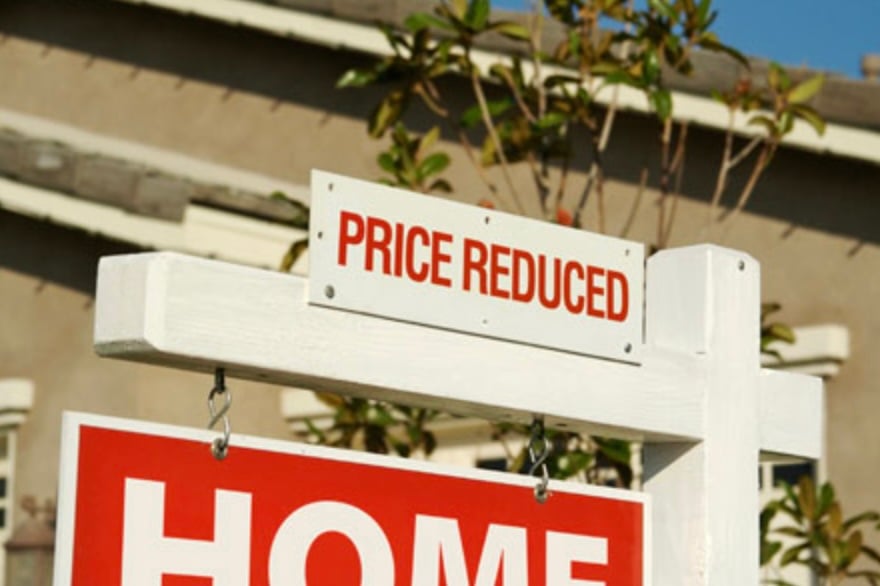
December 26, 2025
According to a Zillow analysis, home buying became more affordable in October than it has been in 3 years.
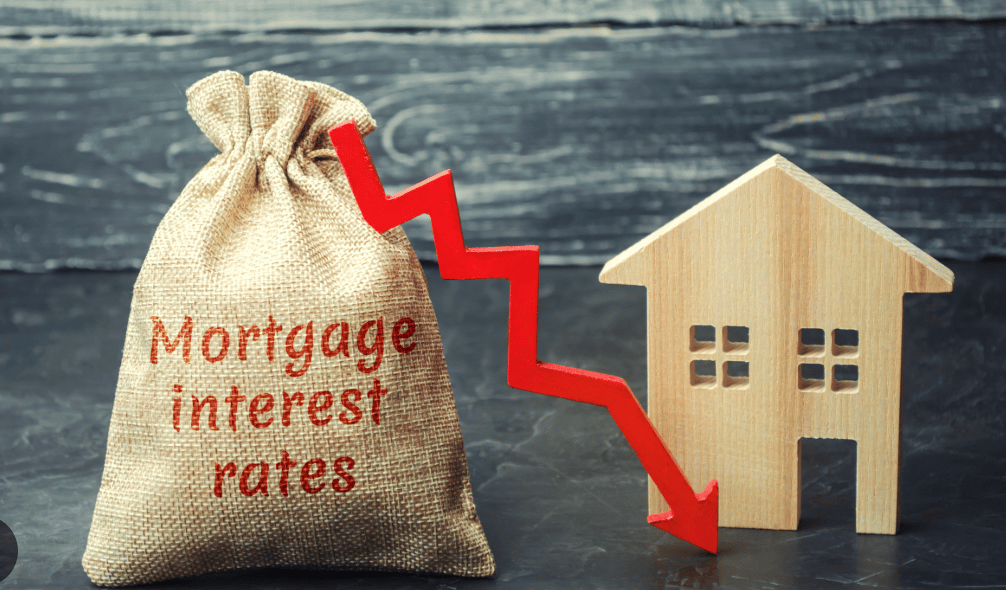
September 5, 2025
How Mortgage Rates Are set

July 15, 2025
Buyers finally gain some levarage
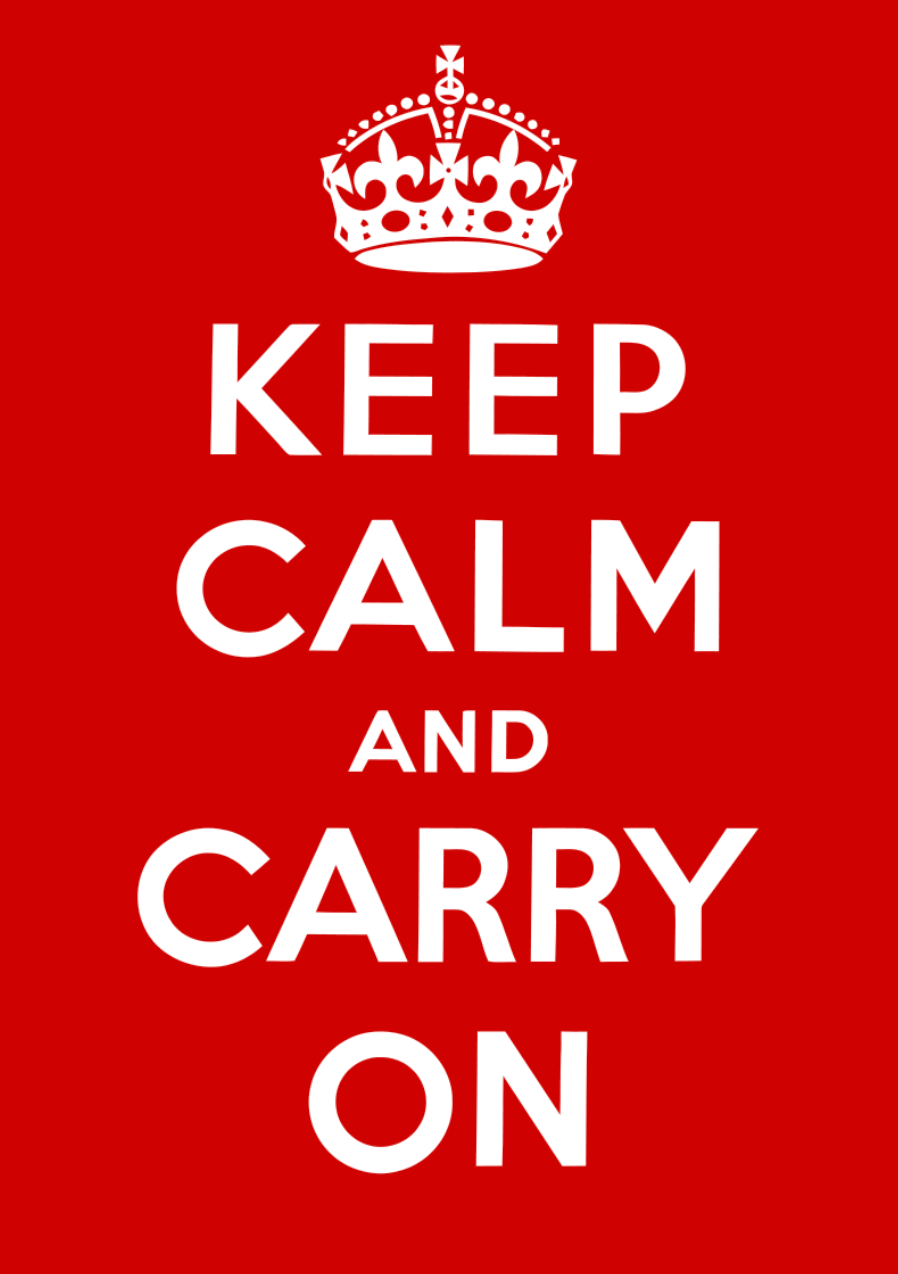
May 10, 2025
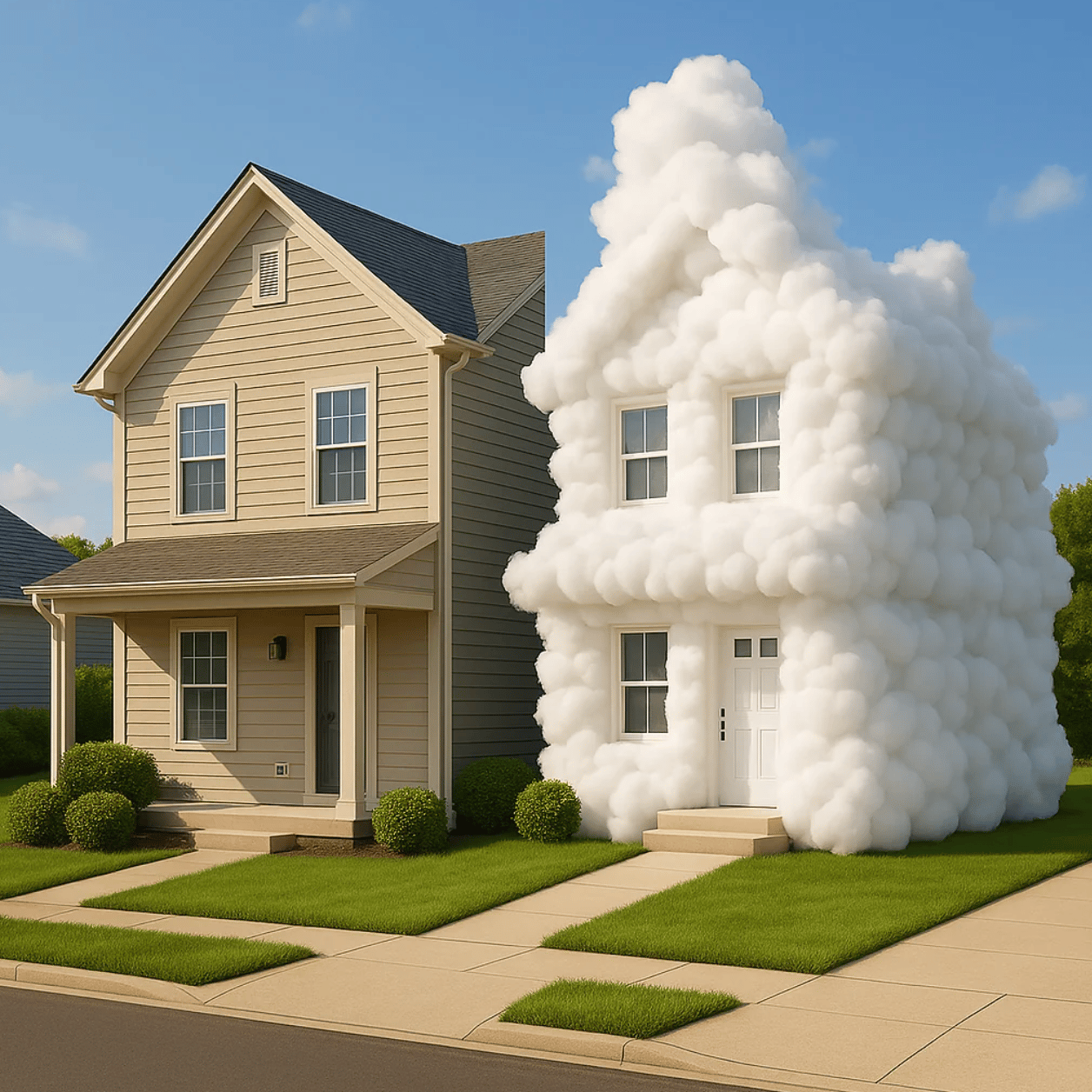
April 2, 2025
Setting Expectations

March 17, 2025
You've got questions and we can't wait to answer them.